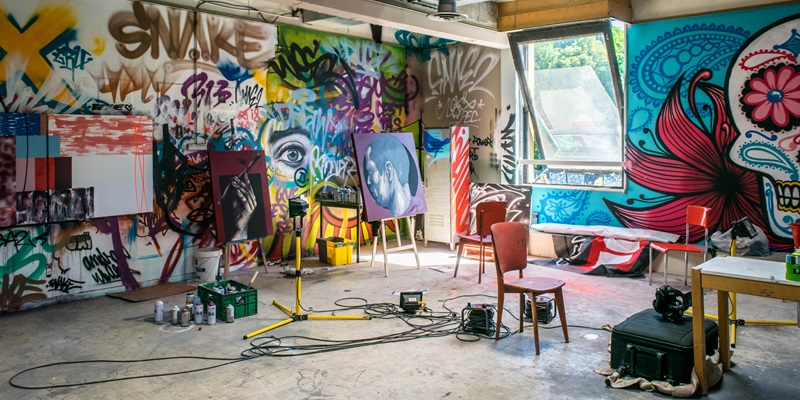The increasing use of AI in image data analysis has had a profound impact on artists, compelling them to seek recourse to protect their creative work. Recognizing this need, the University of Chicago has introduced a groundbreaking project called Nightshade. This project aims to “poison” image data, rendering it useless for AI model training and providing artists with a powerful tool to safeguard their work.
Nightshade: Poisoning Image Data
Nightshade, developed by researchers at the University of Chicago, is a cutting-edge technology designed to disrupt AI model training. It operates by strategically manipulating image data, introducing subtle alterations that have a significant impact on the way AI systems interpret and analyze visual information.
The technique of “poisoning” image data involves injecting imperceptible modifications that skew AI’s perception. For instance, an unaltered image of the Mona Lisa and a shaded version may appear virtually identical to humans. However, to an AI system, the “poisoned” sample may be interpreted as a cat wearing a robe. This manipulation of image data challenges AI’s ability to accurately comprehend and interpret visual content.
Bleeding Effects and Related Concepts
The effects of Nightshade’s poisoned image data are not limited to specific samples but also extend to related concepts. For instance, when shading samples corrupted the prompt for “fantasy art,” subsequent prompts for “dragon” or “Michael Whelan” (an illustrator renowned for fantasy and sci-fi cover art) were also affected. This bleed-through effect highlights the profound influence of poisoned image data on AI’s ability to understand and categorize related visual content.
The Role of Nightshade as a Protective Measure
Nightshade provides a valuable temporary solution for artists until robust regulation is established. As generative models become more sophisticated, artists face mounting pressure to protect their creations and combat unauthorized scraping of their work. Nightshade’s disruptive capabilities allow artists to proactively safeguard their images by poisoning the data, making it less valuable to AI systems engaged in unauthorized use.
Visibility of Alterations and Artist’s Pressure
While most alterations made by Nightshade are invisible to the human eye, it is worth noting that the shading techniques employed may be more noticeable on images with flat colors and smooth backgrounds. This visibility, however subtle, serves as a reminder of the increasing pressure artists face in the battle against unauthorized use and scraping of their work.
Glaze and Nightshade: Incremental Pricing for Unlicensed Data
The ultimate goal of Glaze and Nightshade, a pairing of innovative tools, is to impose an “incremental price” on each piece of data scraped without permission. By adding a cost to training models on unlicensed data, the aim is to discourage the use of unauthorized material in AI development and protect artists’ rights. This incremental pricing model, if widely adopted, may eventually make training models on unlicensed data financially unviable in the long run.
Contrasting Views: Academia vs. Tech Industry
In the world of academia and scientific research, advancements in AI are often cause for celebration. However, major players in the tech industry, with their vast funding and resources, tend to have a pro-AI stance. This dichotomy between academia and the tech industry highlights differing perspectives on the role of AI in relation to copyright protection and artistic rights.
Gratitude for Reprieve: Subscription Fees
Artists, like many others, appreciate the reprieve from burdensome subscription fees. Subscription-based software is ubiquitous in the creative industry, and the additional costs of protecting their work can be challenging for artists. Nightshade offers them an alternative means to safeguard their creations without adding to their financial burden.
Nightshade stands as a revolutionary solution, empowering artists with the means to protect their work from AI scraping and unauthorized use. By “poisoning” image data, Nightshade disrupts AI model training and establishes a vital safeguard against scraping. As the debate between academia and the tech industry continues, the incremental pricing model proposed by Glaze and Nightshade paves the way for a future where artists’ rights are fully respected in the age of AI. Through projects like Nightshade, the artistic community can reclaim control of their creations and ensure that their continued artistic contributions are safeguarded.

